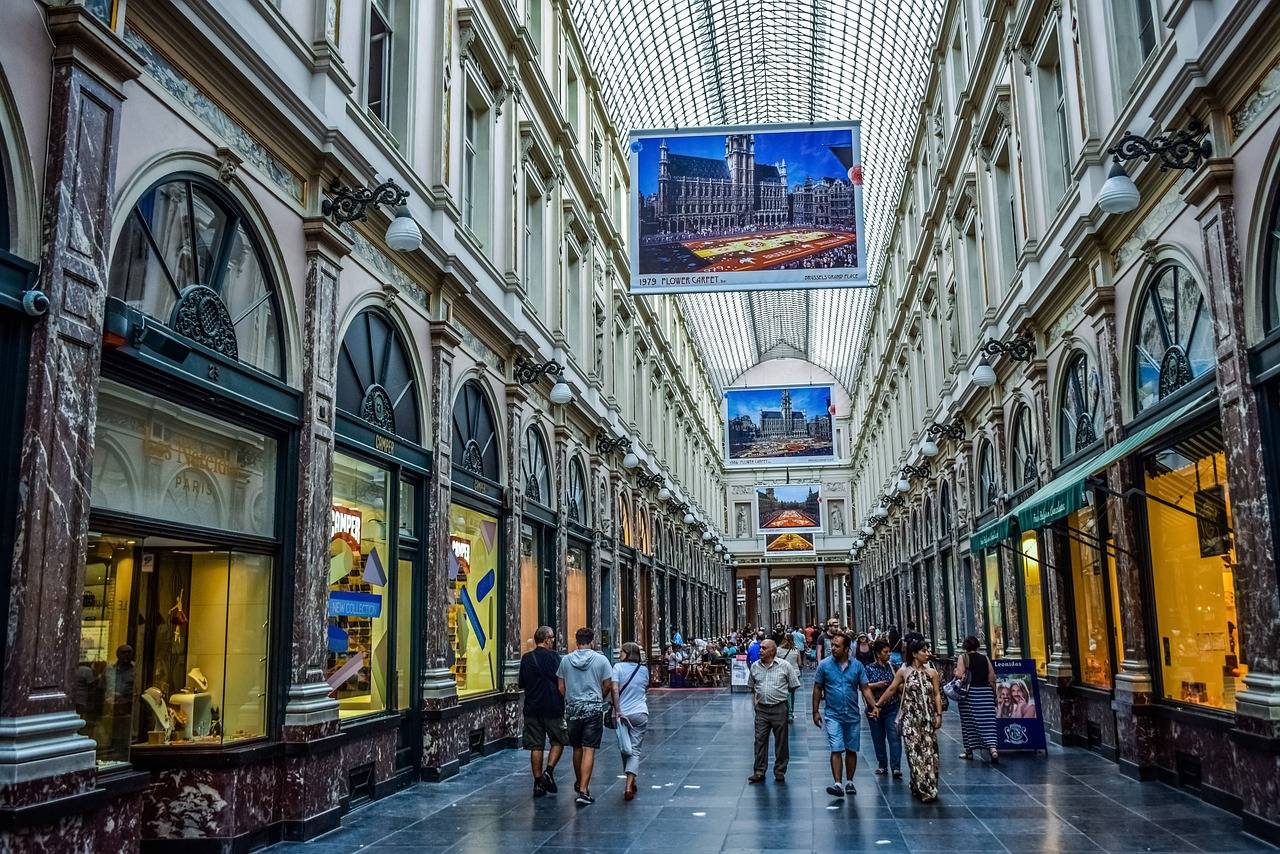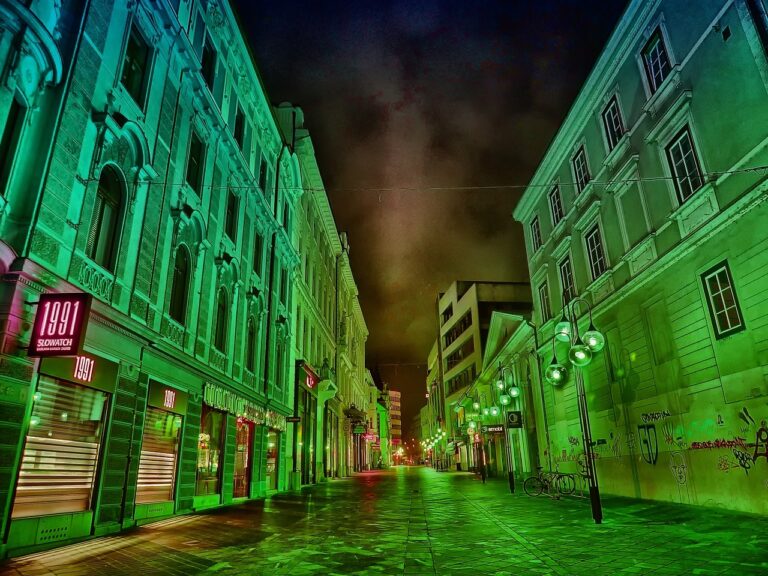The Impact of Virtual Reality on Retail Store Design
Virtual Reality technology has revolutionized the way retailers engage with customers. By offering immersive experiences, retailers can transport customers to virtual stores, allowing them to browse products and make purchases from the comfort of their own homes. This not only expands the reach of brick-and-mortar stores but also provides a unique shopping experience that traditional online shopping cannot replicate.
In addition to enhancing convenience, Virtual Reality in retail allows customers to interact with products in a more tactile way. For example, customers can visualize how furniture pieces would look in their homes or even test out virtual clothes to see how they fit. This hands-on experience bridges the gap between the online and in-store shopping experience, making it more personalized and engaging for consumers.
Enhancing Customer Experience Through Virtual Reality
Virtual reality technology has revolutionized the way customers interact with products and services in the retail industry. By immersing customers in a digital environment, businesses can provide a unique and engaging shopping experience. Virtual reality allows customers to visualize products in a realistic and interactive way, leading to increased engagement and satisfaction.
One of the key advantages of using virtual reality in retail is the ability to personalize the shopping experience. Customers can virtually try on clothing, test out different furniture arrangements, or even preview vacation destinations. This level of customization not only enhances the customer experience but also increases the likelihood of making a purchase. The interactive nature of virtual reality technology helps customers make more informed decisions and fosters a stronger connection between the customer and the brand.
What is virtual reality technology in retail?
Virtual reality technology in retail refers to the use of virtual reality technology to enhance the shopping experience for customers. This technology allows customers to immerse themselves in a virtual environment where they can interact with products and make more informed purchasing decisions.
How can virtual reality enhance customer experience in retail?
Virtual reality can enhance customer experience in retail by providing a more engaging and immersive shopping experience. Customers can virtually try on products, see how they look in different settings, and make more informed purchasing decisions. This technology can also help retailers provide personalized recommendations to customers based on their preferences.
What are some examples of virtual reality technology in retail?
Some examples of virtual reality technology in retail include virtual fitting rooms, virtual showrooms, and virtual product demonstrations. These tools allow customers to try on clothes, see how furniture looks in their home, and explore products in a more interactive and engaging way.
How can retailers implement virtual reality technology in their stores?
Retailers can implement virtual reality technology in their stores by investing in VR headsets, cameras, and software that allow customers to interact with products in a virtual environment. They can also work with VR developers to create custom virtual experiences for their customers.





